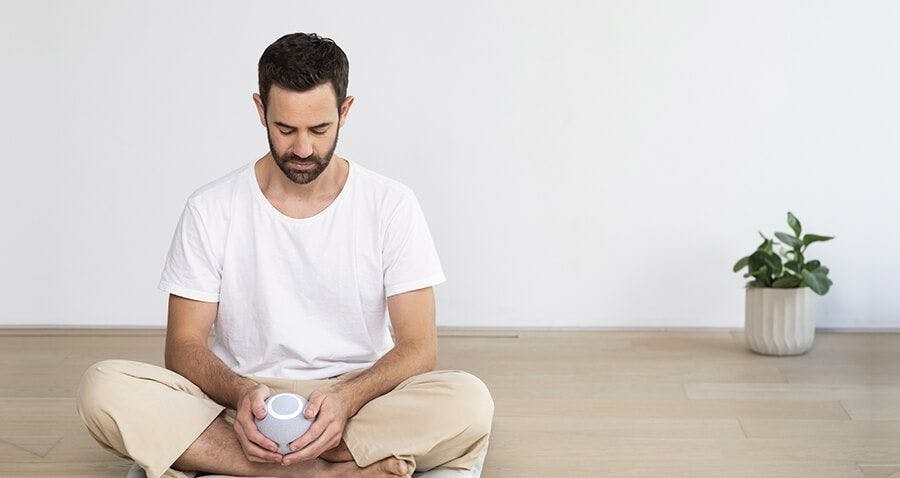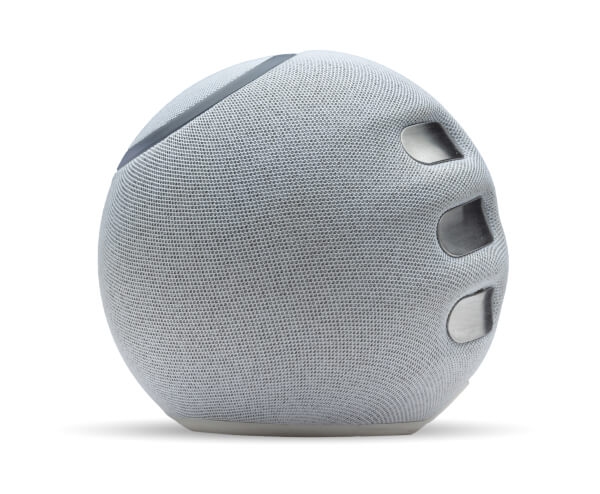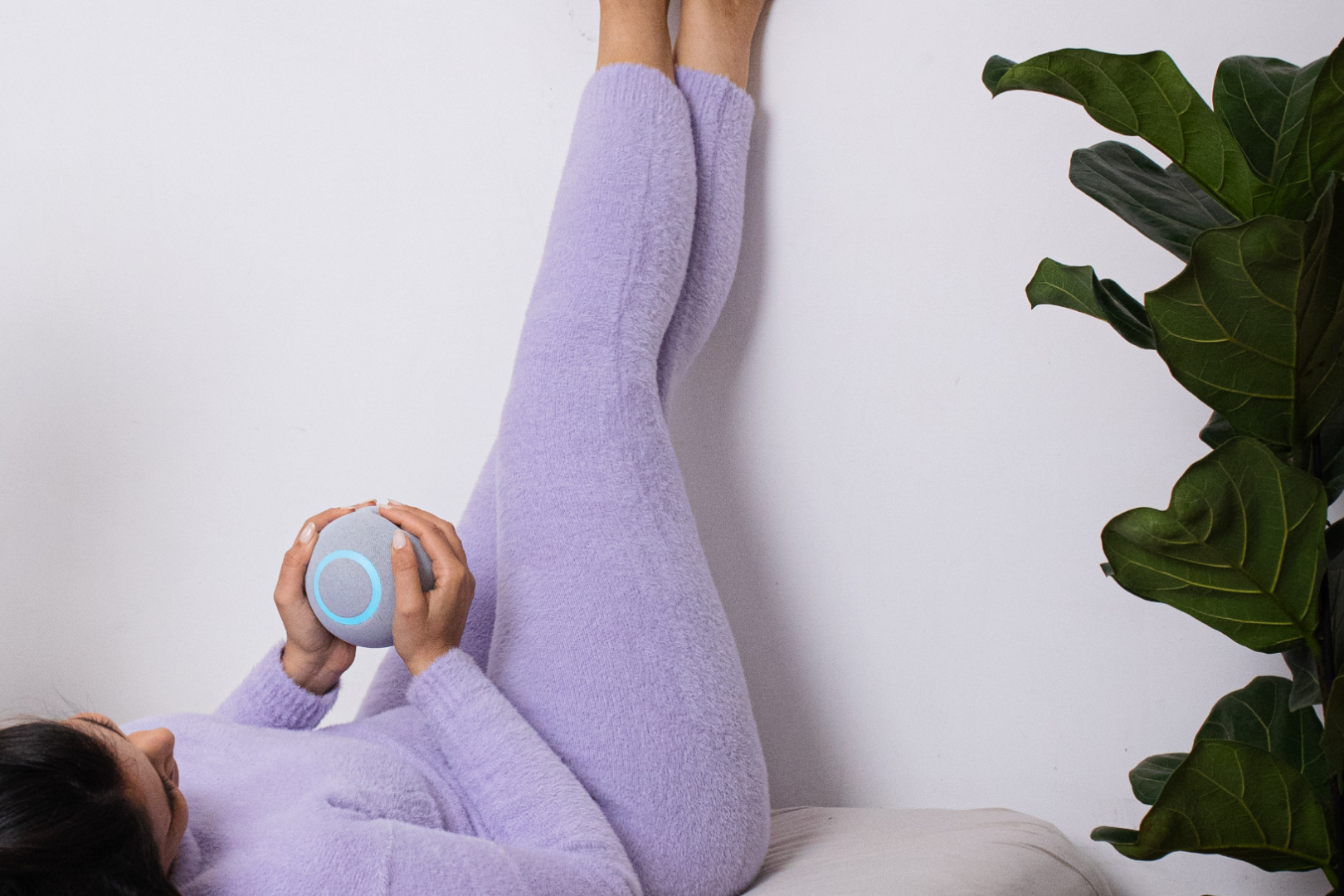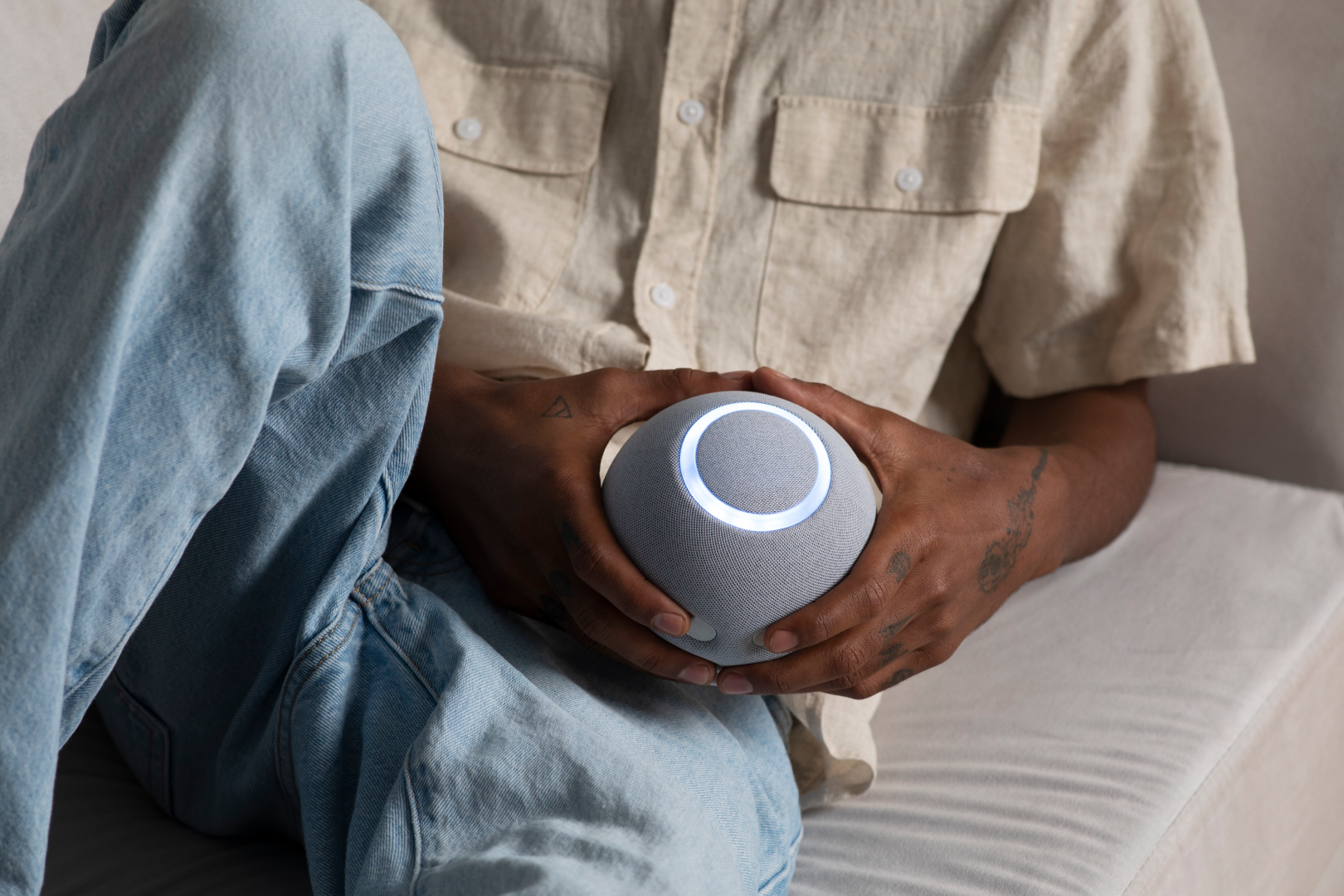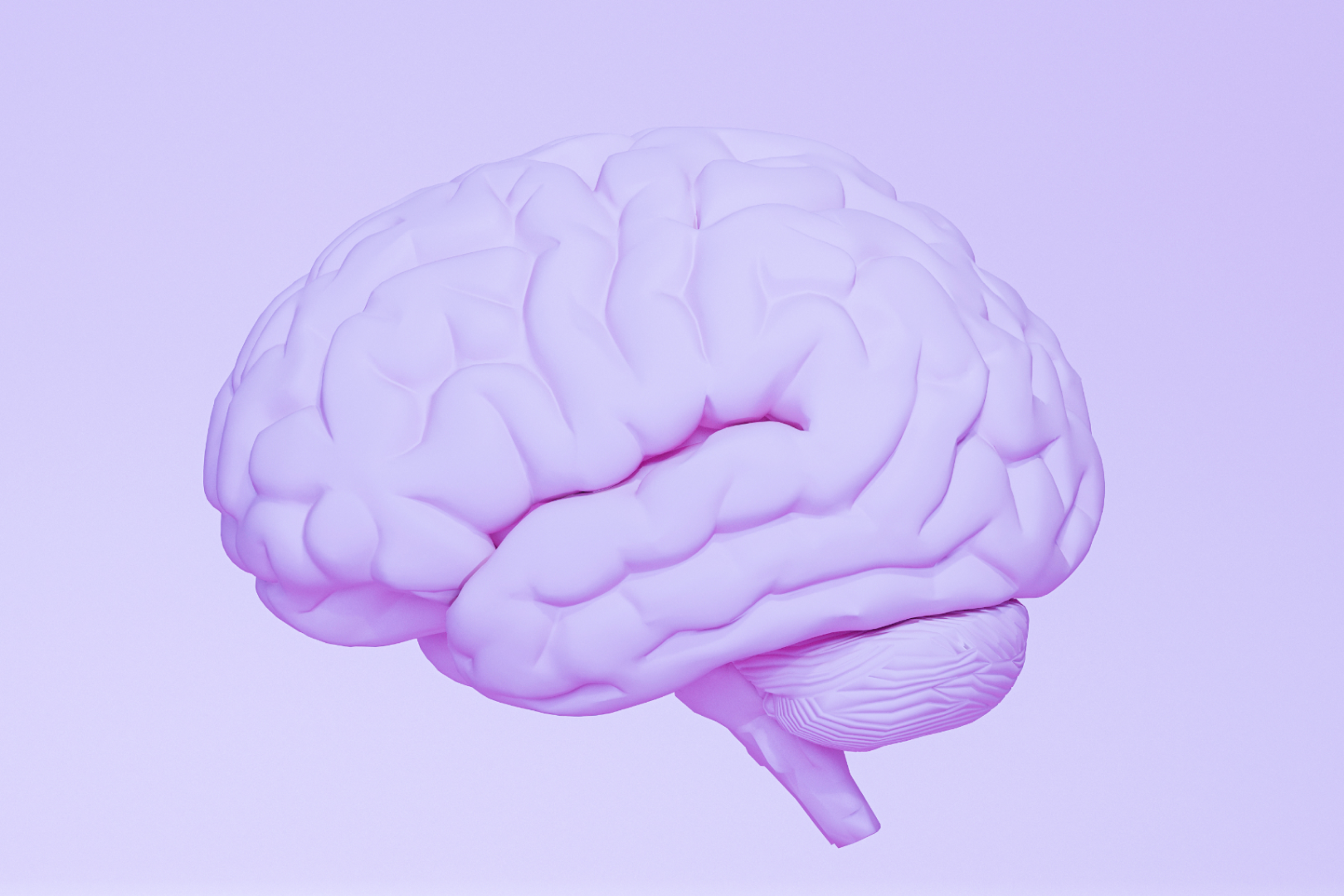Biofeedback is the self-monitoring of our physiology in real-time through the use of external devices, allowing us to gain insights into our internal processes and learn to regulate them.
Do you know that feeling when your heart suddenly starts beating very fast in a scary situation? That’s your sympathetic nervous system kicking in.
There are many involuntary physiological responses that happen in your body without you even thinking about it, such as blood pressure, breathing, the ‘fight or flight’ response, heart rate variability and sweating. In stressful circumstances, these are all affected to a certain degree.
Sometimes, the effects can be very strong, leading to all sorts of physical and emotional complaints, such as shortness of breath, excessive sweating, high blood pressure, headaches, anxiety, irritable bowel syndrome, urinary incontinence, chronic pain and more.
Biofeedback is a popular and effective form of therapy that helps you learn to control that involuntary body-mind connection and improve your overall health and sense of wellbeing.
How Does Biofeedback Therapy Work?
Biofeedback therapy works by using visual and auditory feedback of the body’s physiological changes to help you understand and control those reactions. If that sounds a bit complicated, well, it’s not. All you need is the right equipment.
During biofeedback sessions, the individual is connected to a monitor via electrical sensors placed on the skin that measure certain biological activities, such as heart rate, brain waves, muscle contractions and more. The data is shown in real-time on the biofeedback monitoring device.
During the session, a biofeedback therapist teaches you how to control and change your body’s responses with different techniques, such as breathing exercises, meditation, guided imagery, and other relaxation techniques. You can actually see the changes on the biofeedback device, therefore providing instant ‘feedback’ of how the various relaxation techniques are impacting your bodily responses.
In a review of 63 studies about biofeedback, over 80% showed that biofeedback helped reduce symptoms of psychological disorders. Plus a Harvard study showed that biofeedback helped reduce the pain associated with migraine and ease the use of pain medications.
Types of Biofeedback
There are several types of biofeedback, and each monitors a specific physiological response: Heart Rate Variability: This is a measure of the heartbeat, and is very useful in the treatment of anxiety, arrhythmia, asthma and other respiratory ailments.
Neurofeedback: This measures brain wave activity via electroencephalography (EEG). It is helpful for those suffering from ADD, OCD, and seizures.
Electromyography (EMG): This involves the placement of sensors on different parts of the body to measure muscle activity and tension caused by muscle contraction. It is helpful for the treatment of muscular injury or pain, urinary incontinence and anxiety disorders.
Blood Pressure Biofeedback: This treatment specifically focuses on hypertension, helping people learn how to lower blood pressure with relaxation and breathing techniques.
Galvanic Skin Response: This technique, also known as electrodermal (EDA) biofeedback, measures the amount of sweat on the surface of the skin. Sweating can be a symptom of high emotion. With galvanic skin biofeedback, individuals can learn to moderate fluctuating emotions from their sweat response.
Respiratory Response: This type of biofeedback monitors breathing patterns via sensors placed around the chest. By learning to control and moderate breathing, you can reduce symptoms of anxiety and panic attacks.
Thermal Biofeedback: This measures the temperature of the skin, which often drops during times of stress and anxiety. This type of biofeedback is often used for stress management.
The Purpose of Biofeedback
Rather than thinking about biofeedback as a traditional form of therapy, it is helpful to consider it as a type of training. The purpose of biofeedback is to teach the individual about the actual physiological responses happening in their bodies in real time and train them to gain more control over those responses.
Like any form of training, biofeedback training takes time and commitment. Understanding the body’s involuntary actions and learning to master them won’t happen overnight! Over time, however, you’ll become more familiar with the different relaxation techniques, and learn how to do them in order to create the most effective bodily response.

Biofeedback is non-invasive and safe and can be used to alleviate a wide variety of health issues and emotional symptoms. For example, biofeedback is used to treat female urinary incontinence by helping women identify and strengthen their pelvic floor muscles.
ADHD is another common reason why people seek biofeedback therapy. Biofeedback can encourage you to become more relaxed and focused, reducing hyperactivity and improving your attention span.
What Can You Expect from Biofeedback?
Traditional biofeedback therapy is conducted with a trained therapist in sessions running for 30 minutes to an hour. Depending on the therapeutic goal and how well the person is responding to the process, a full round of biofeedback therapy can take anywhere from 5 sessions or more.
During a biofeedback session, you are connected to a special monitoring device by various types of sensors on different parts of the body. The process of applying and wearing the sensors is easy and painless. The sensors measure physiological activity and send it to the biofeedback device.
As the session progresses, the therapist guides you through various relaxation exercises, such as breathing exercises, meditation, or visualization. Throughout, the sensors are sending the biofeedback data to the device display, so you can watch the physiological changes as they occur.
There are many techniques to help train you towards your physiological goal. For example, when treating a rapid heartbeat, a biofeedback technique uses music with a slowing tempo to encourage you to feel calmer and slow the heart rate.
The biofeedback device might also use color to reflect the changing response, from red indicating stress to green or blue to indicate a more relaxed state. These visual and auditory components are a key part of an effective biofeedback experience.
Biofeedback Devices
Many people choose to perform biofeedback therapy on themselves with home-based biofeedback monitoring devices available on the market. These do not have the complex capabilities of professional biofeedback systems, however, they can be very effective in helping people monitor specific physiological activities for focused biofeedback journeys.

Some home-use devices require you to download the physiological data to a computer after it has been collected by the device. Others connect via app to your mobile phone so you have all the data already at your fingertips.
The type of biofeedback device you choose will depend on what you want to get out of it. For example, if you want to measure heart rate, go for a heart rate variability (HRV) biofeedback device. Or if you are looking to monitor your galvanic skin response for the symptoms of anxiety, for instance, then a GSR biofeedback device is the way to go.
Before You Buy a Biofeedback Device
Biofeedback is a safe method with no side effects, so at-home biofeedback therapy can be an affordable and convenient choice for many people. As wearable tech becomes more accurate and advanced, there are more apps and devices for biofeedback available for consumer use and for a range of budgets.
Before buying a biofeedback device, get clear about what you want to get out of it. Do you want to ease anxiety or stress? Are you looking for a way to get more out of your meditation practice? Perhaps you want to boost your concentration or help with pain management.
Whatever your biofeedback goals, the right biofeedback device for you will be an amazing assistant on your journey to self-growth and relaxation.
